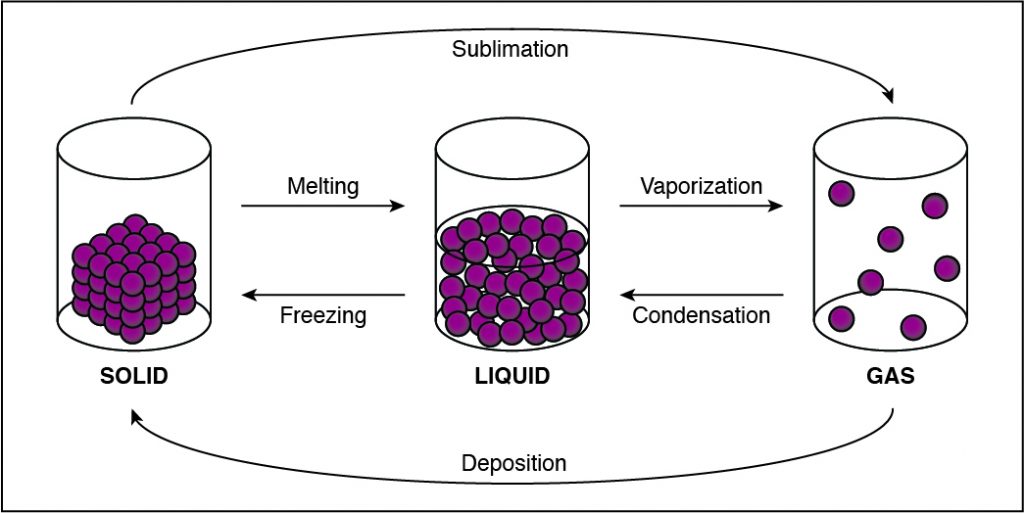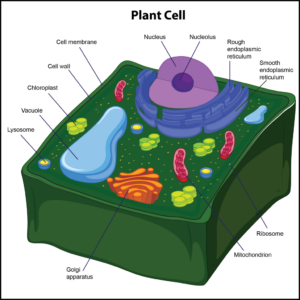Which of the following is supported by the cell theory?
A. Cells are alive and recognized as the building blocks for life.
B. Scientists can identify and differentiate cells by using a microscope
C. Cells are produced from existing cells using meiosis instead of mitosis.
D. Living things are composed of a single cell that remains undifferentiated
After scientists were able to view cells under the microscope they formulated the cell theory. One part of this theory concluded that all cells are alive. They also represent the basic unit of life.
All living things are made of cells. Cells are the smallest structural units and basic building blocks of living things. Cells contain everything necessary to keep living things alive. Varying in size and shape, cells carry out specialized functions. This theory, or in-depth explanation, about cells consists of three parts:
- All living things are composed of one or more cells.
- Cells are alive and represent the basic unit of life.
- All cells are produced from pre-existing cells.
Therefore, the Correct Answer is A.




